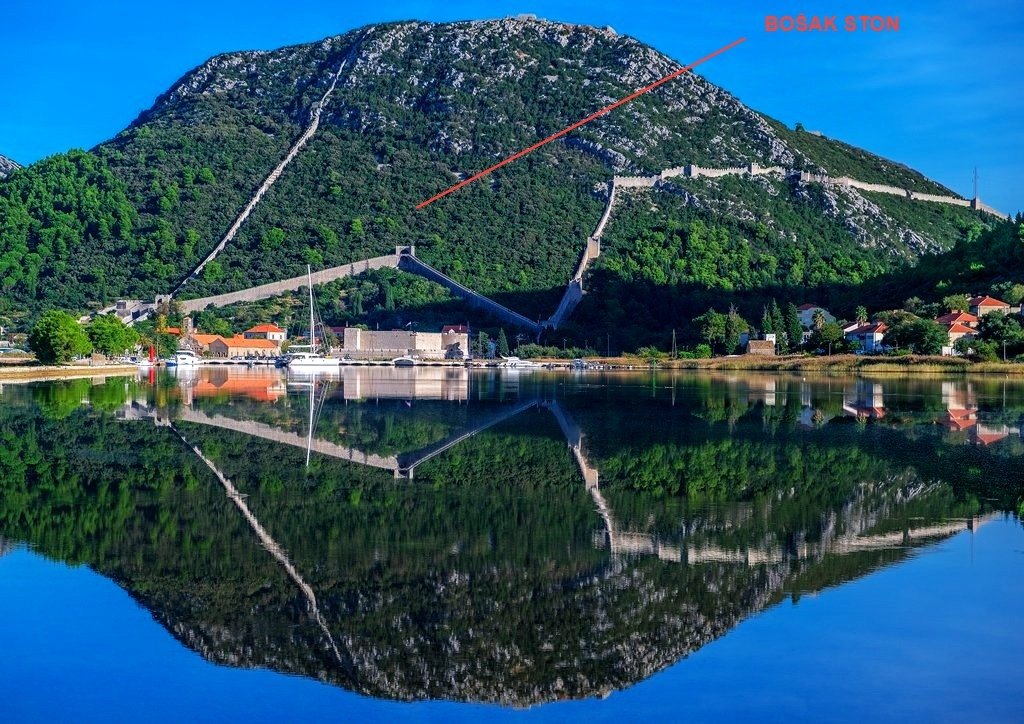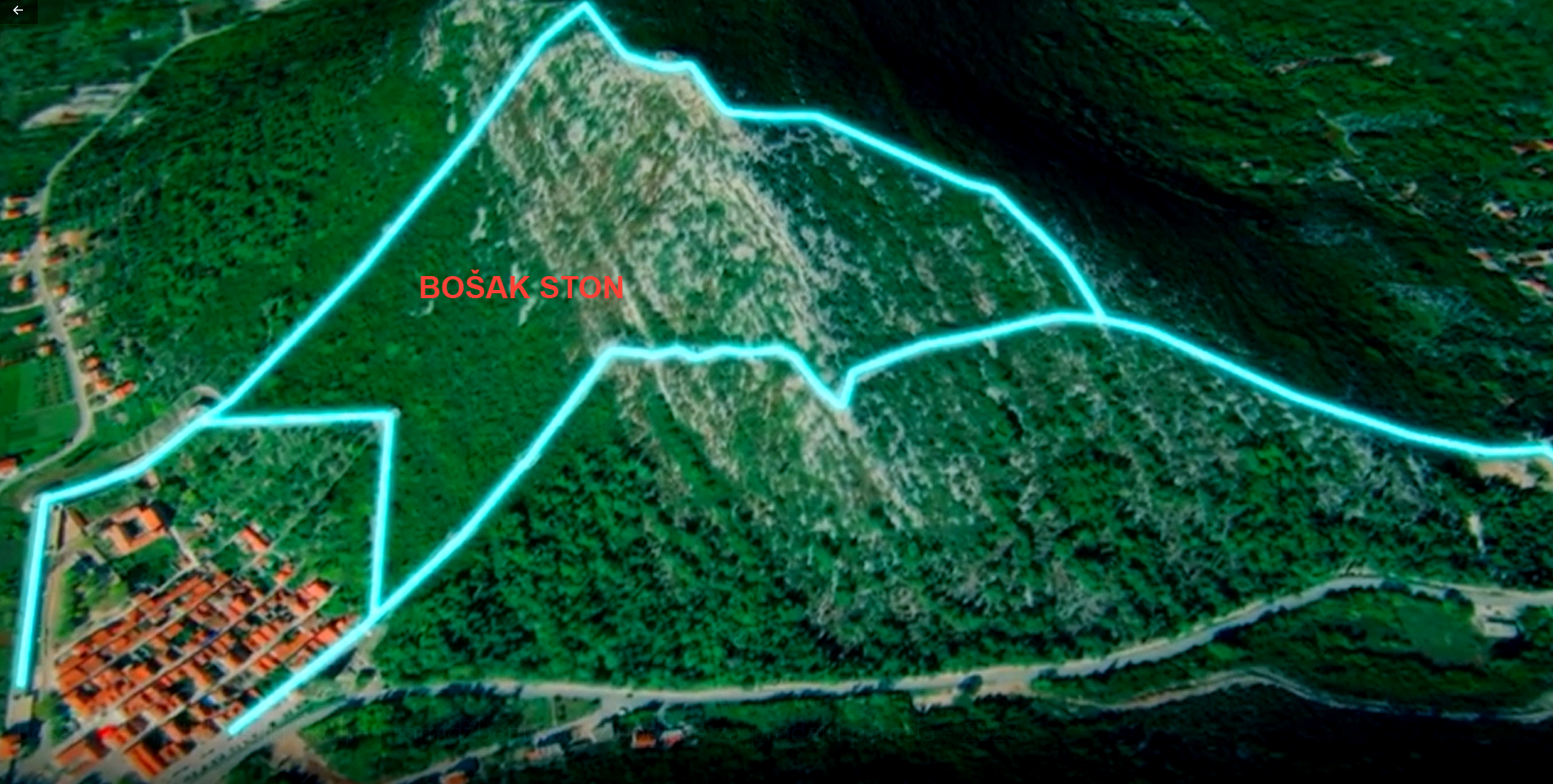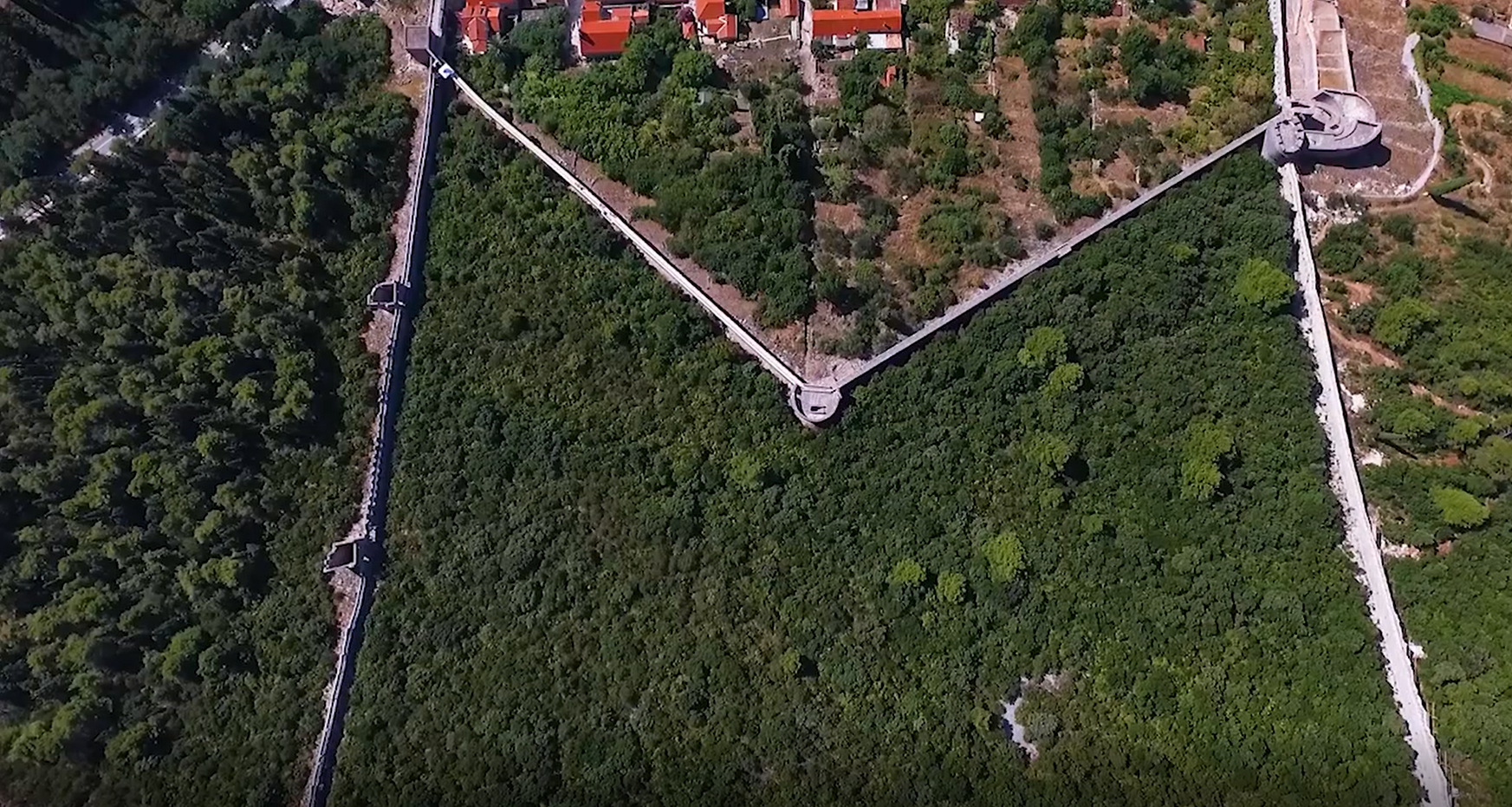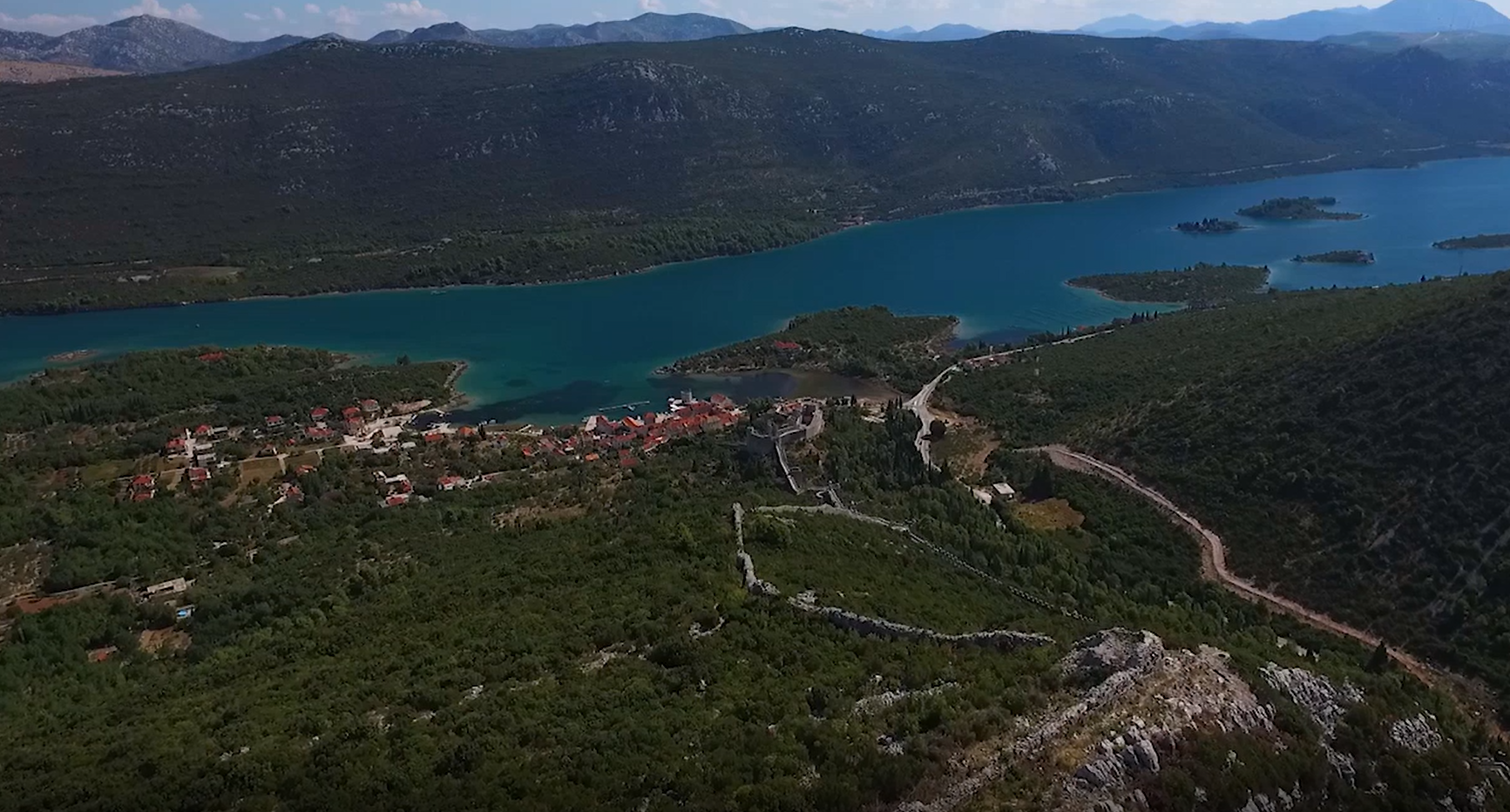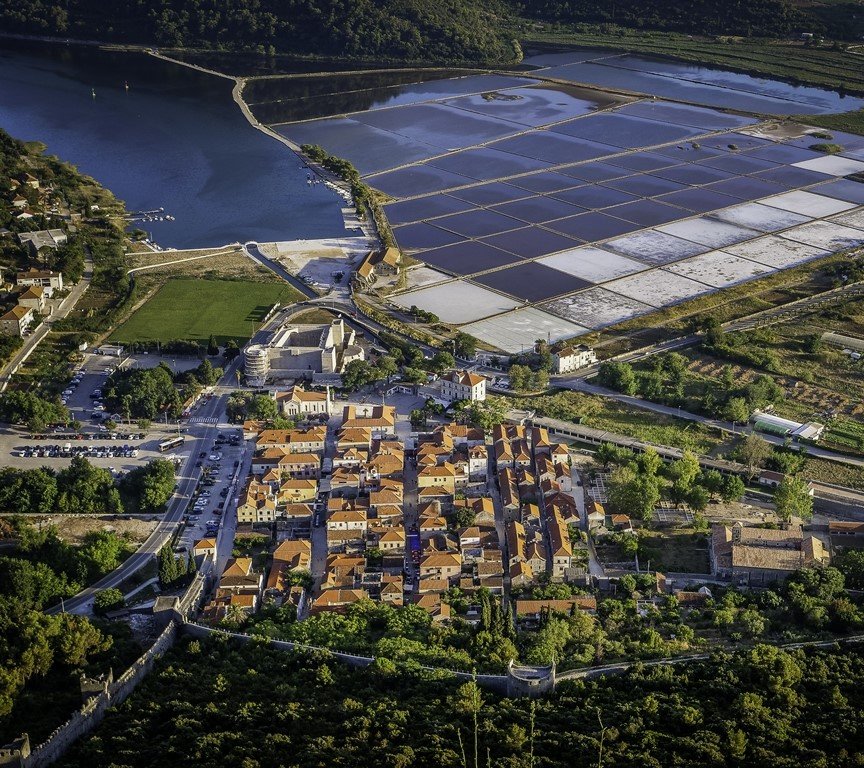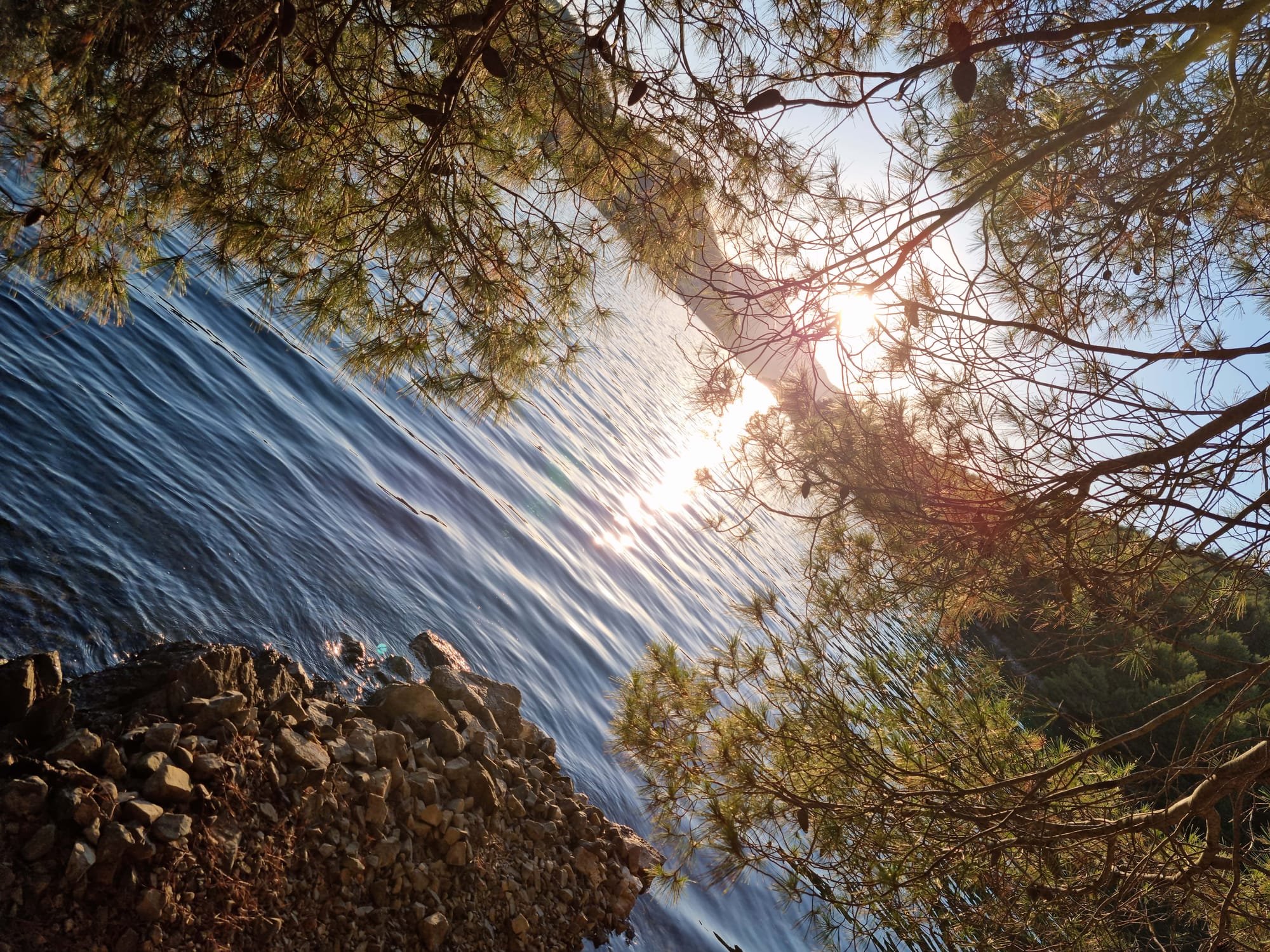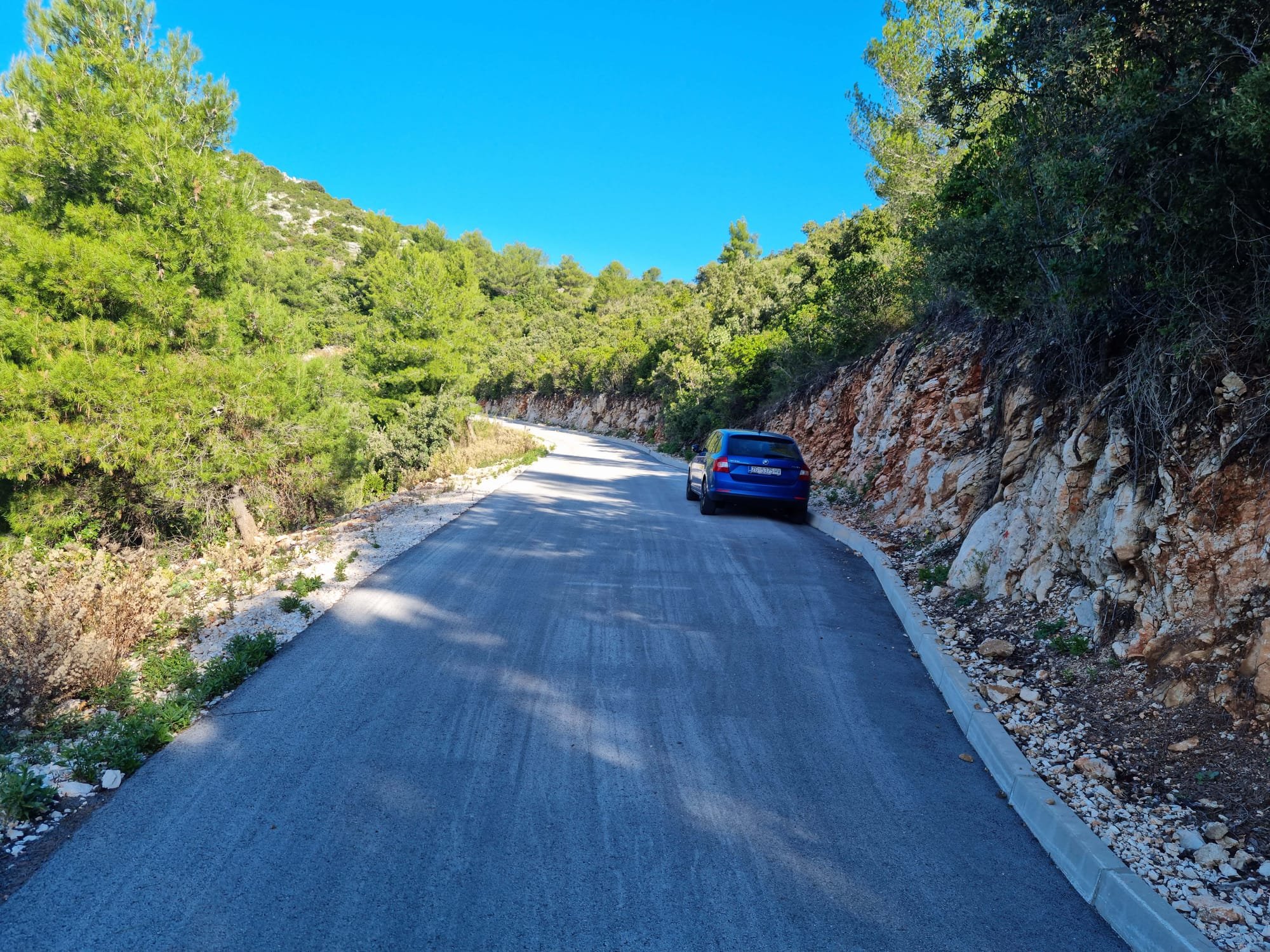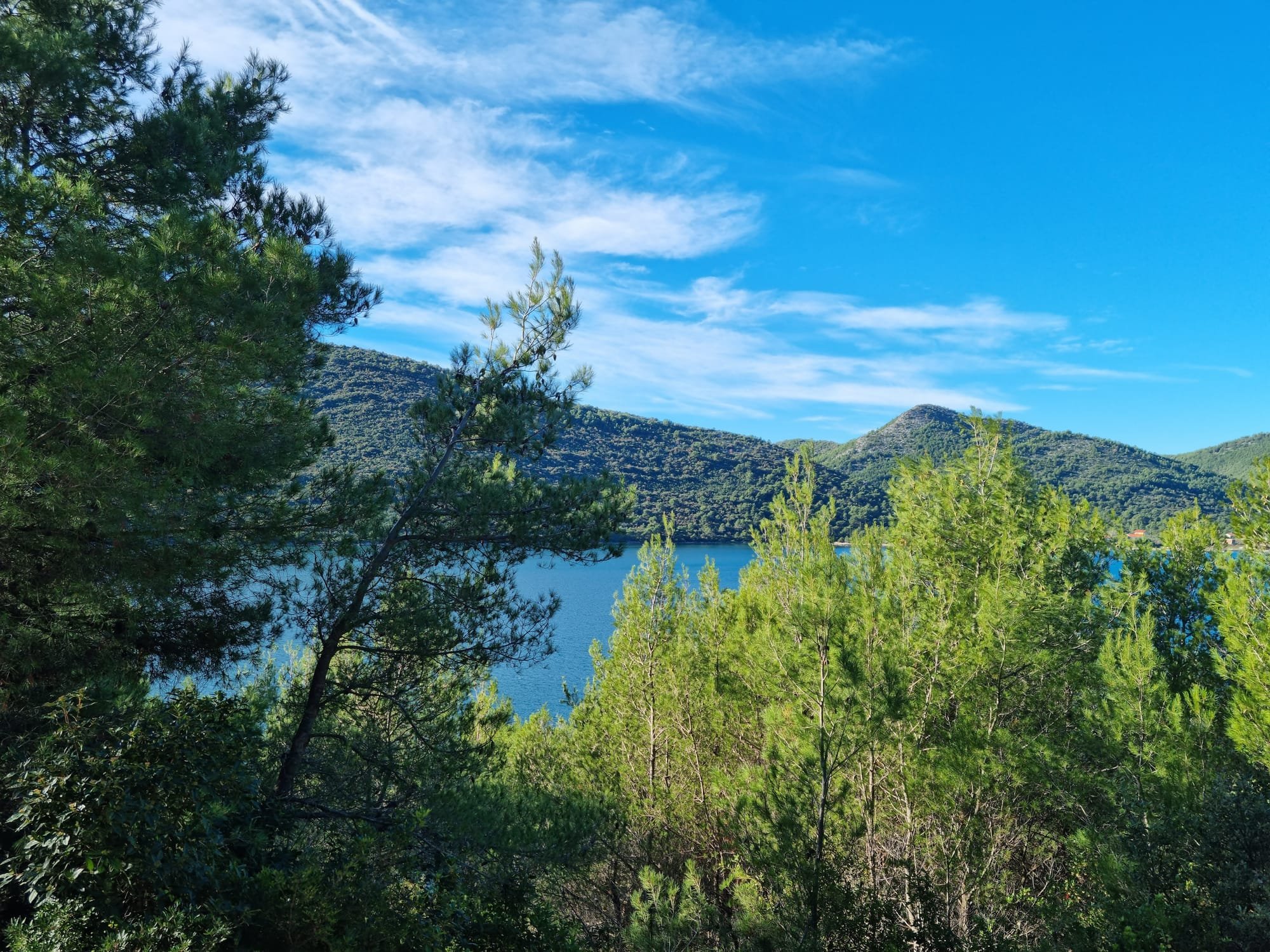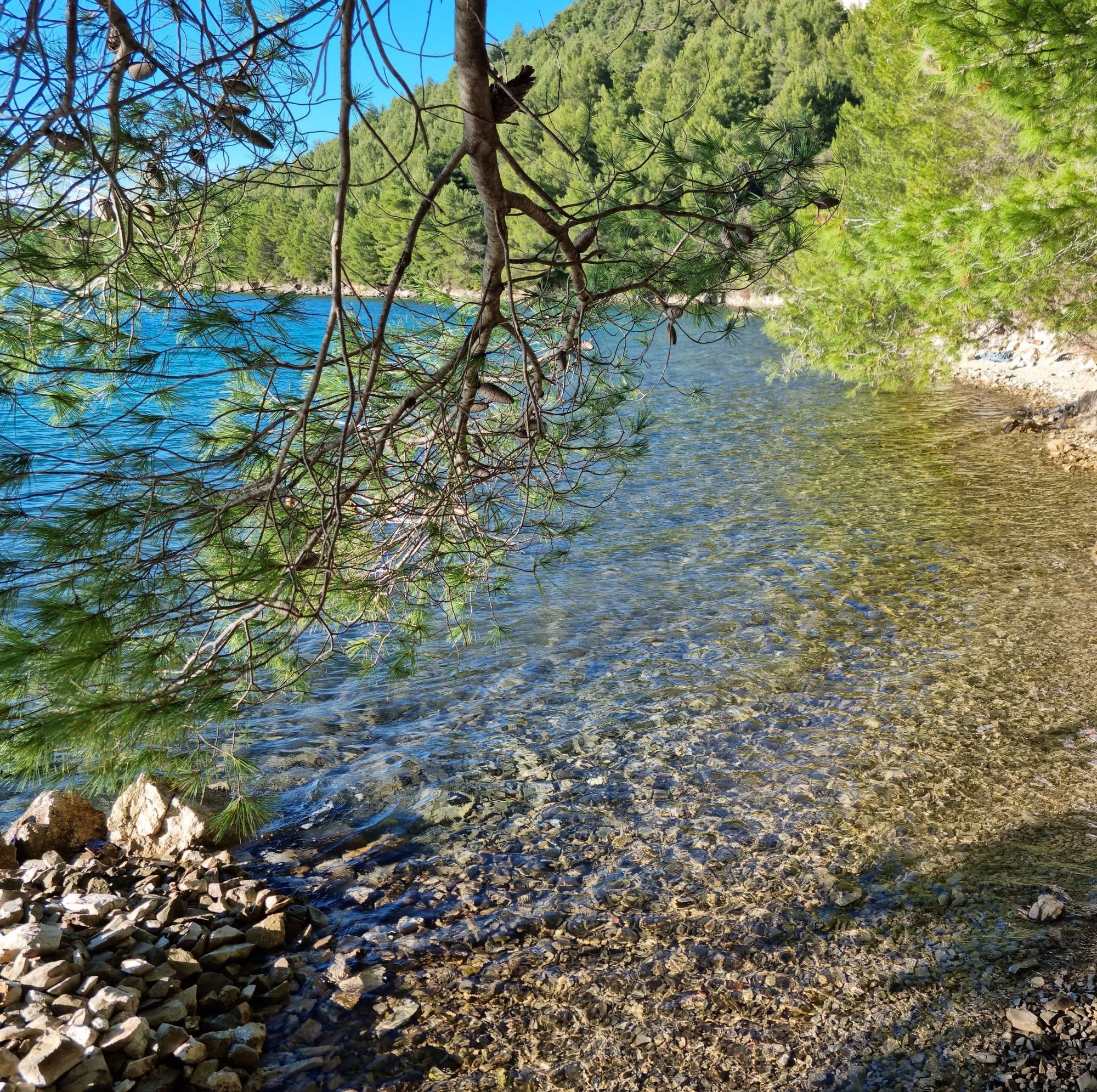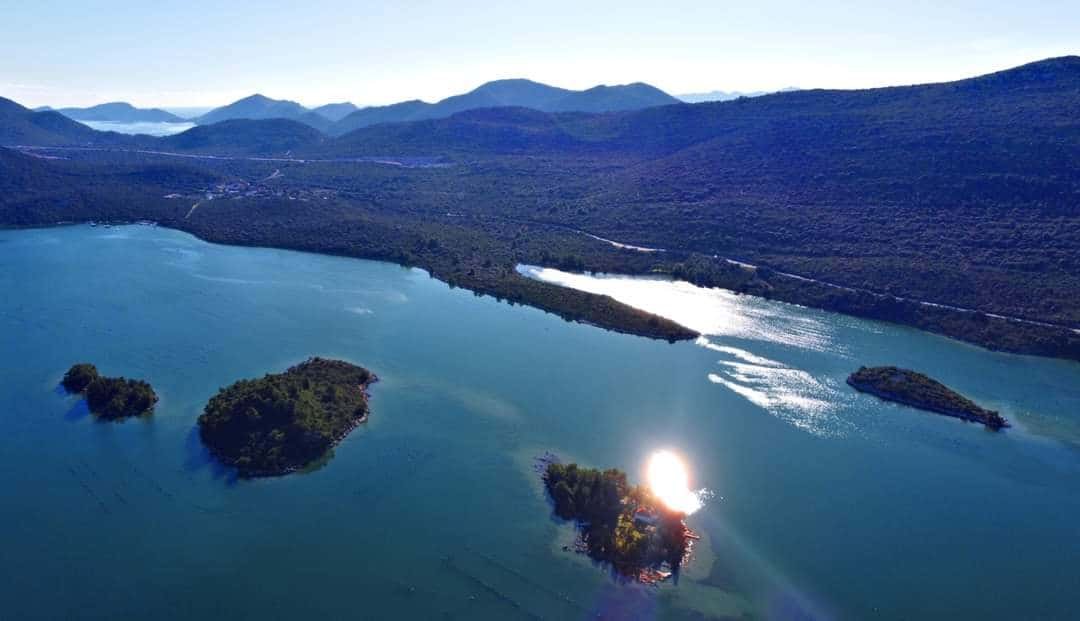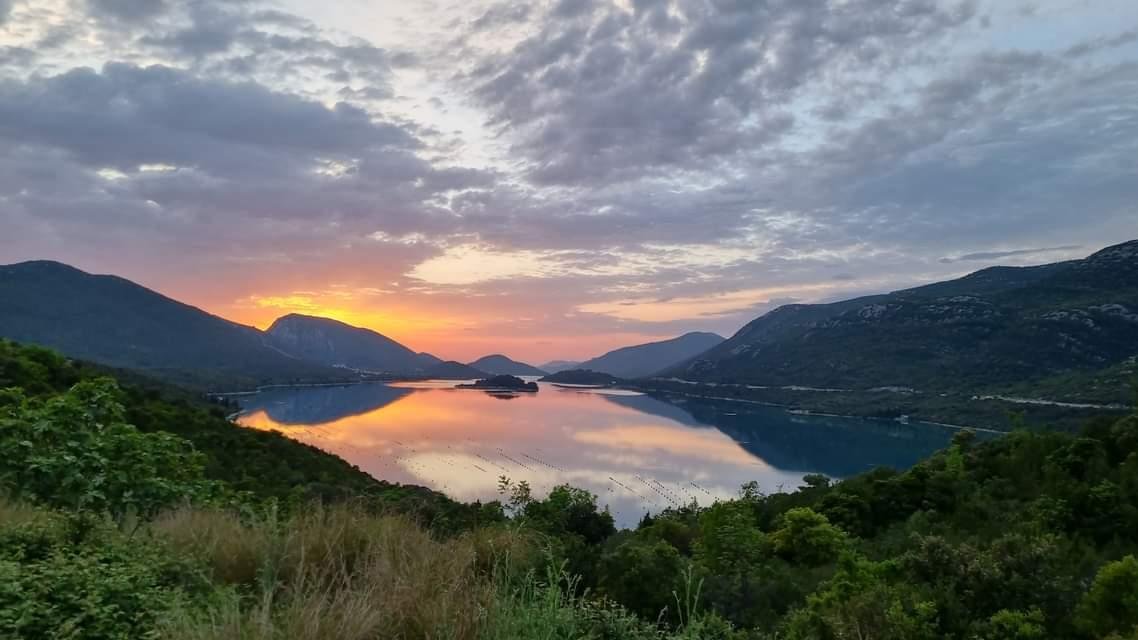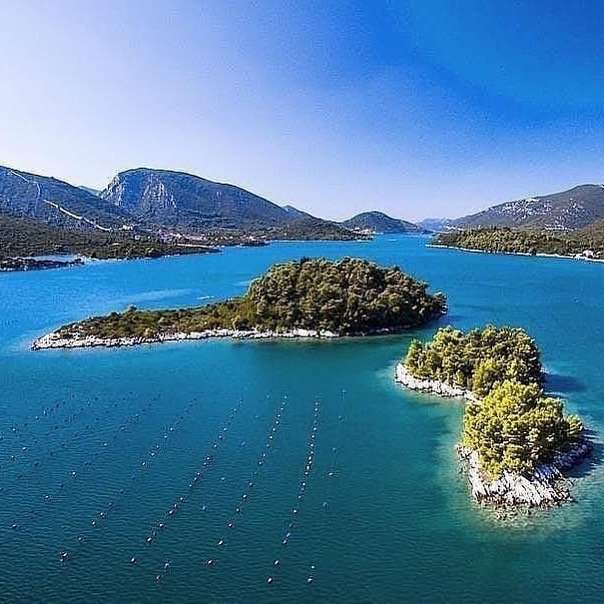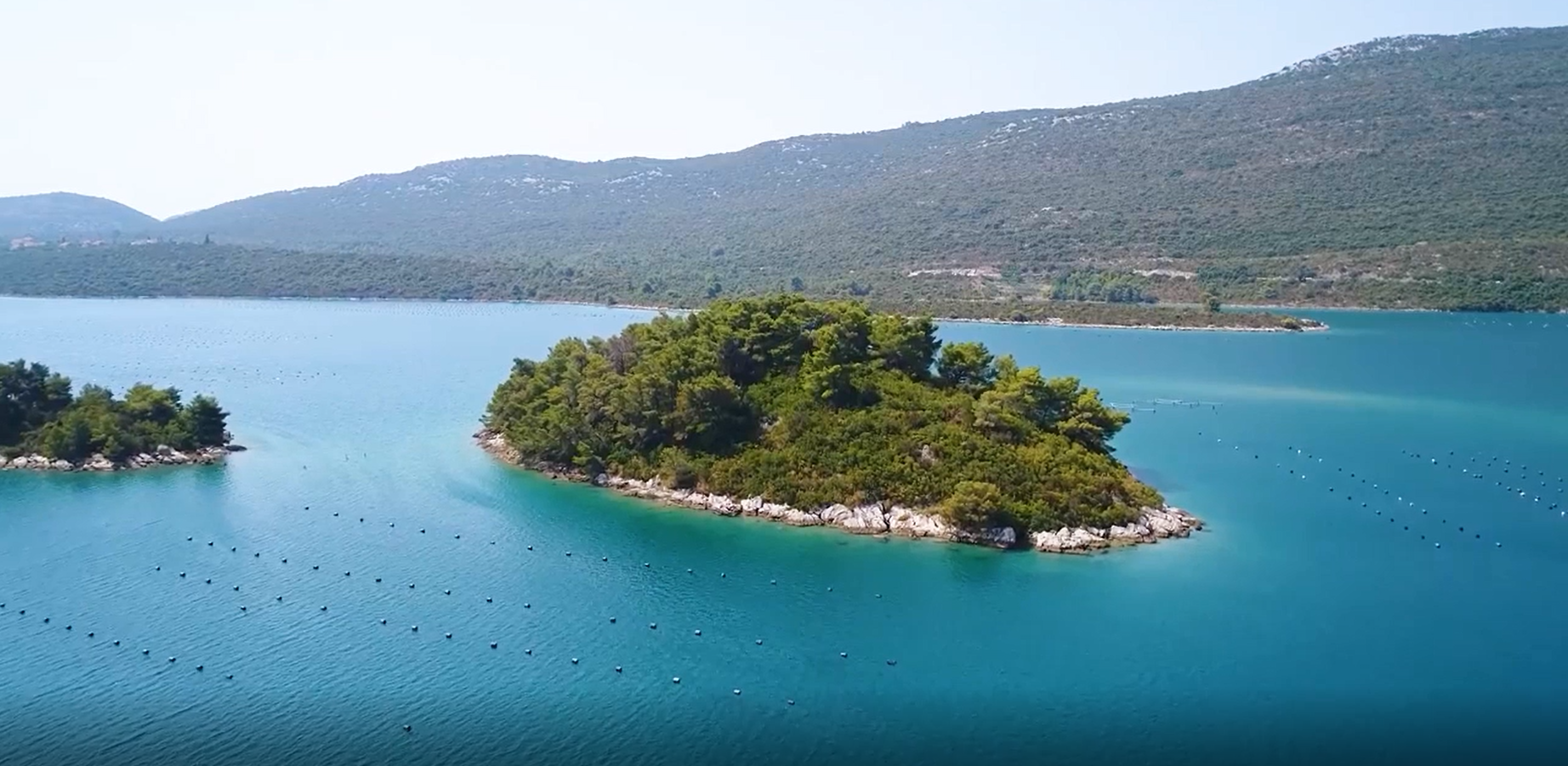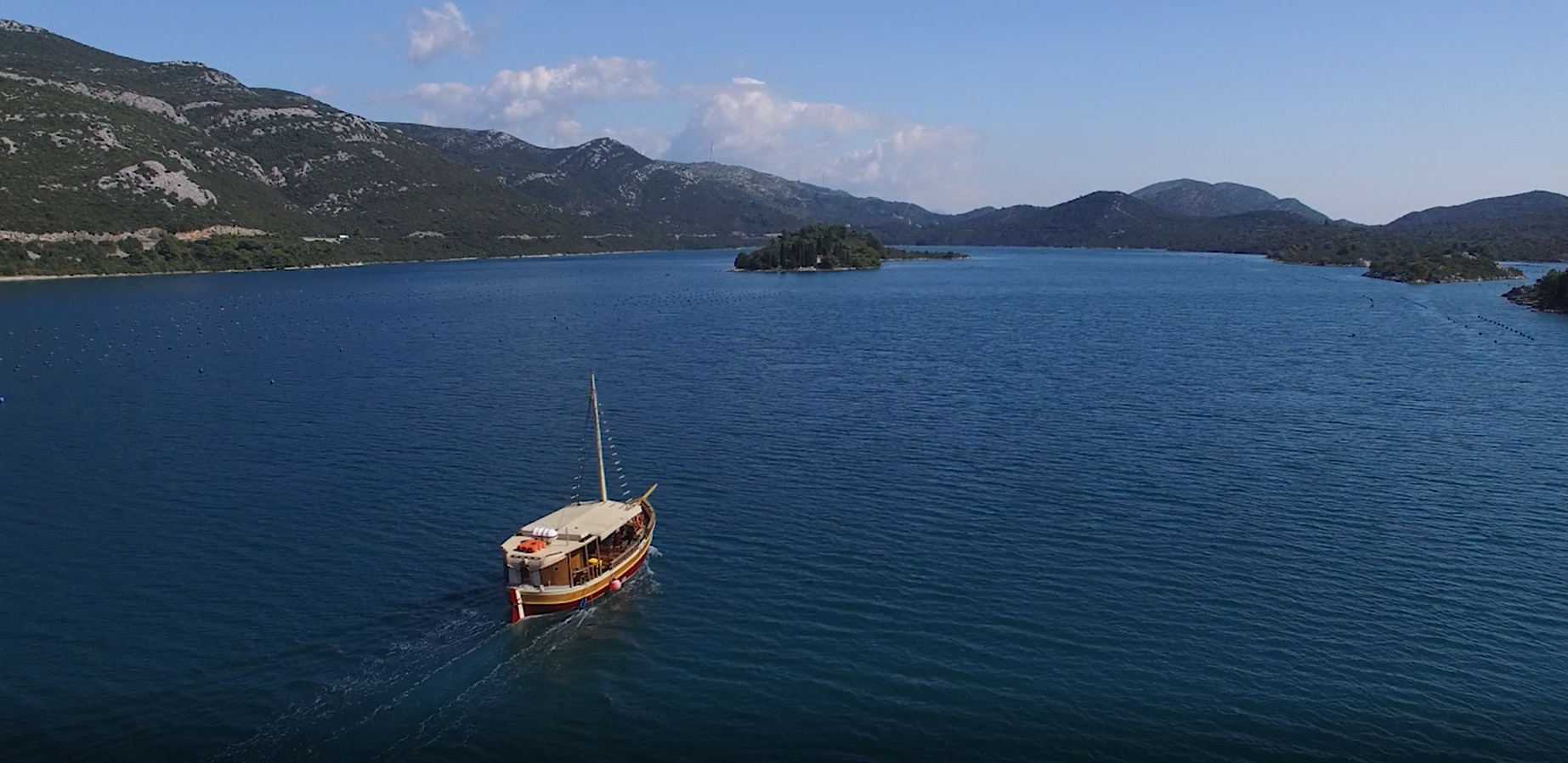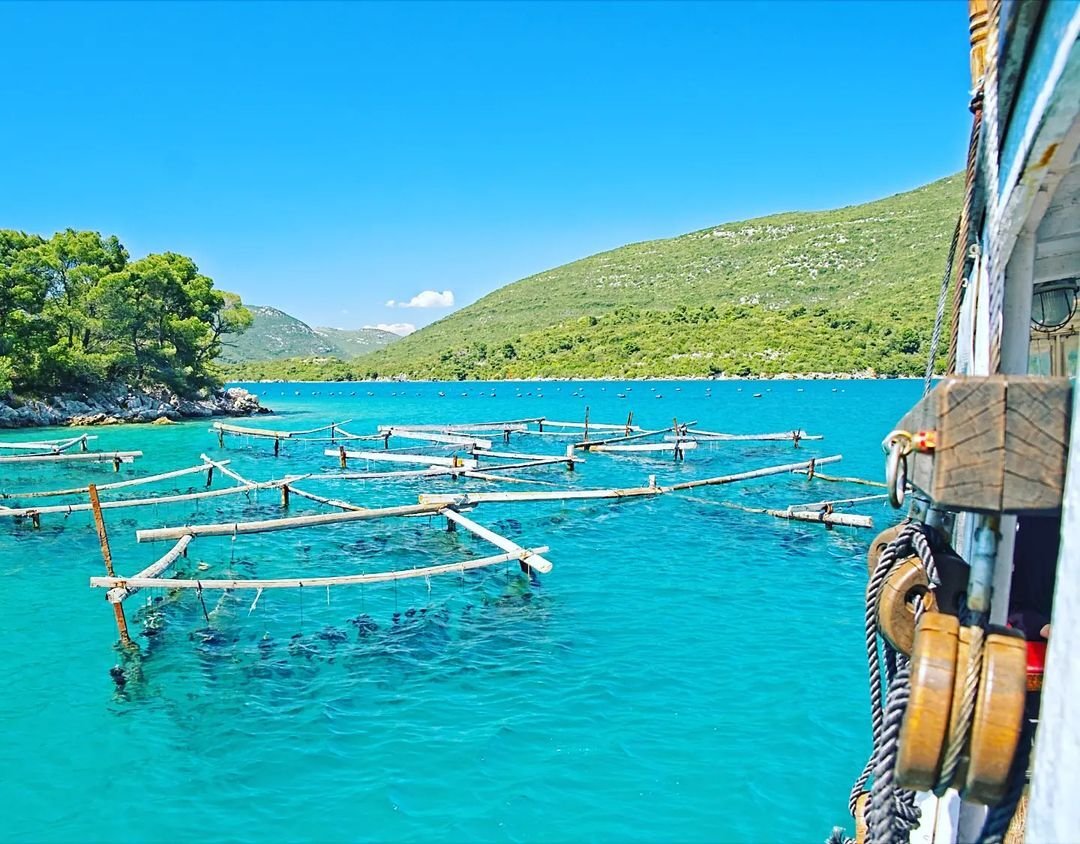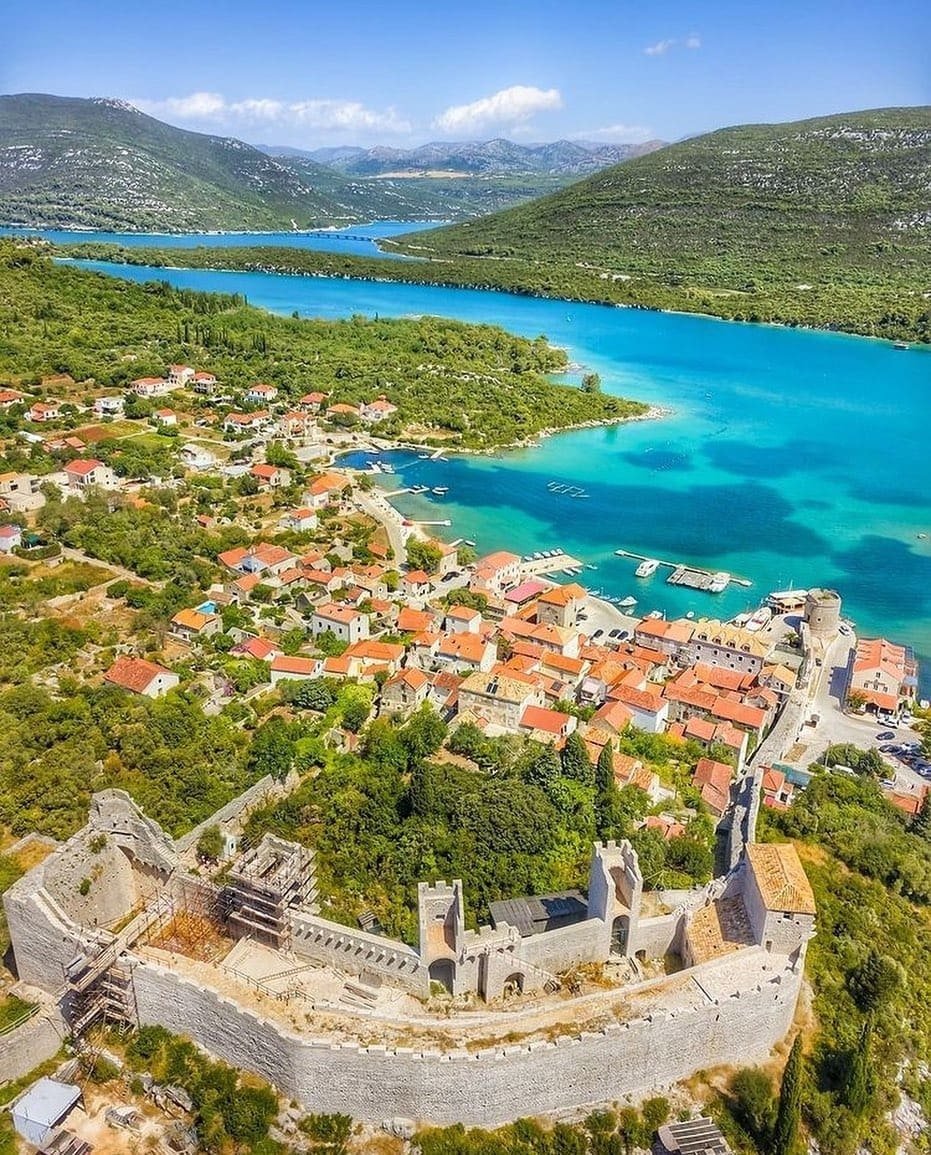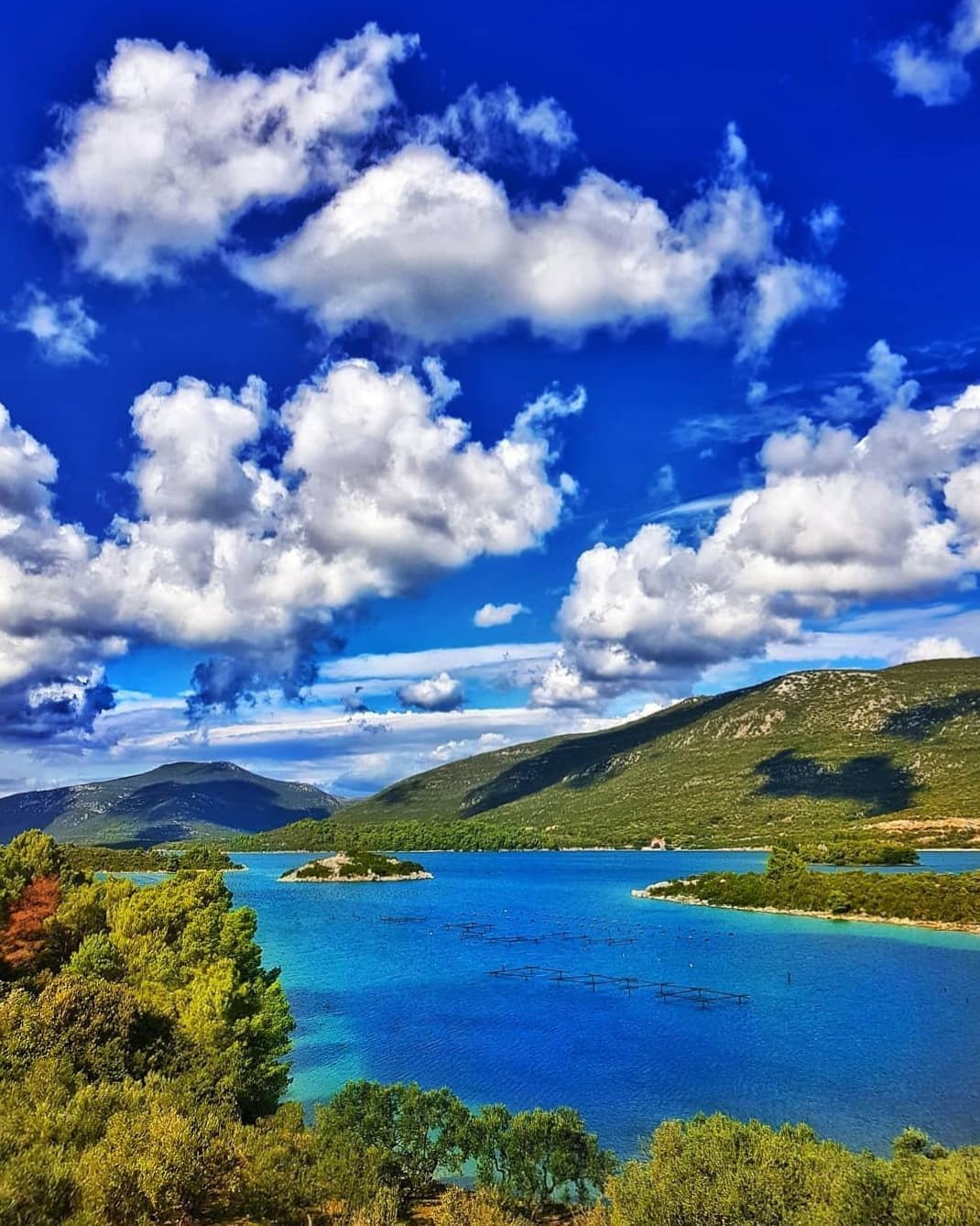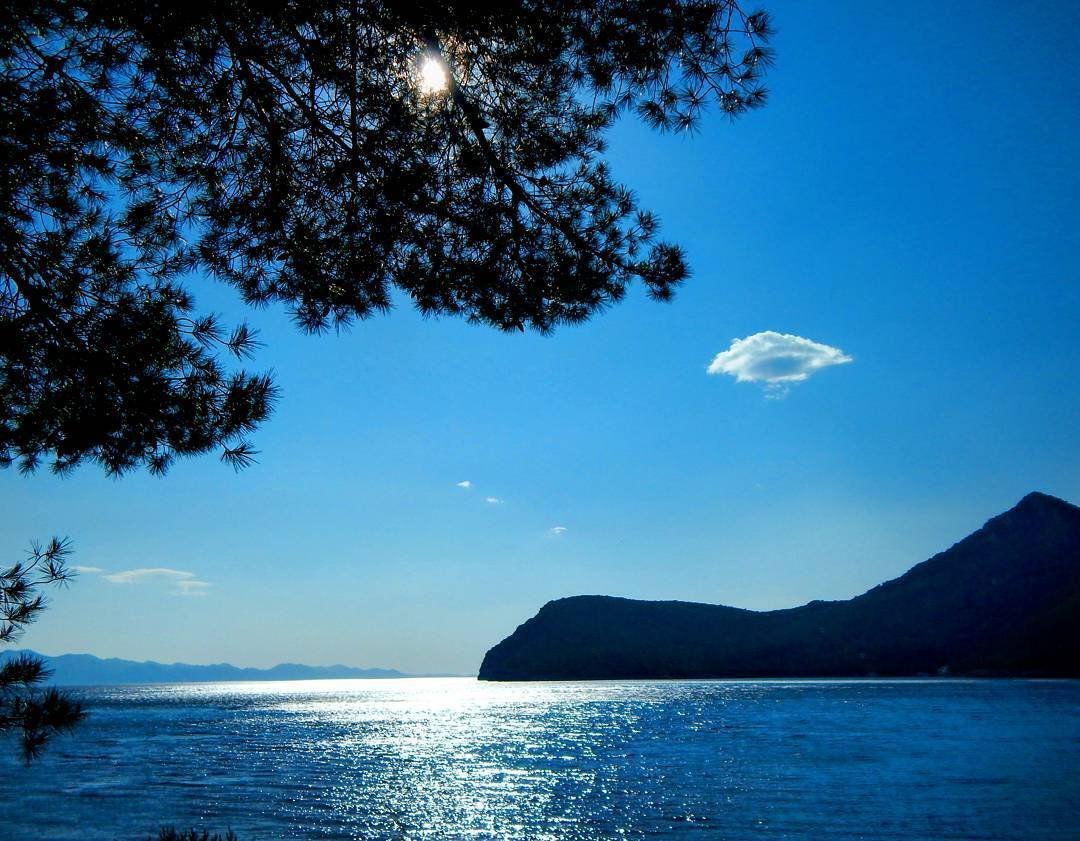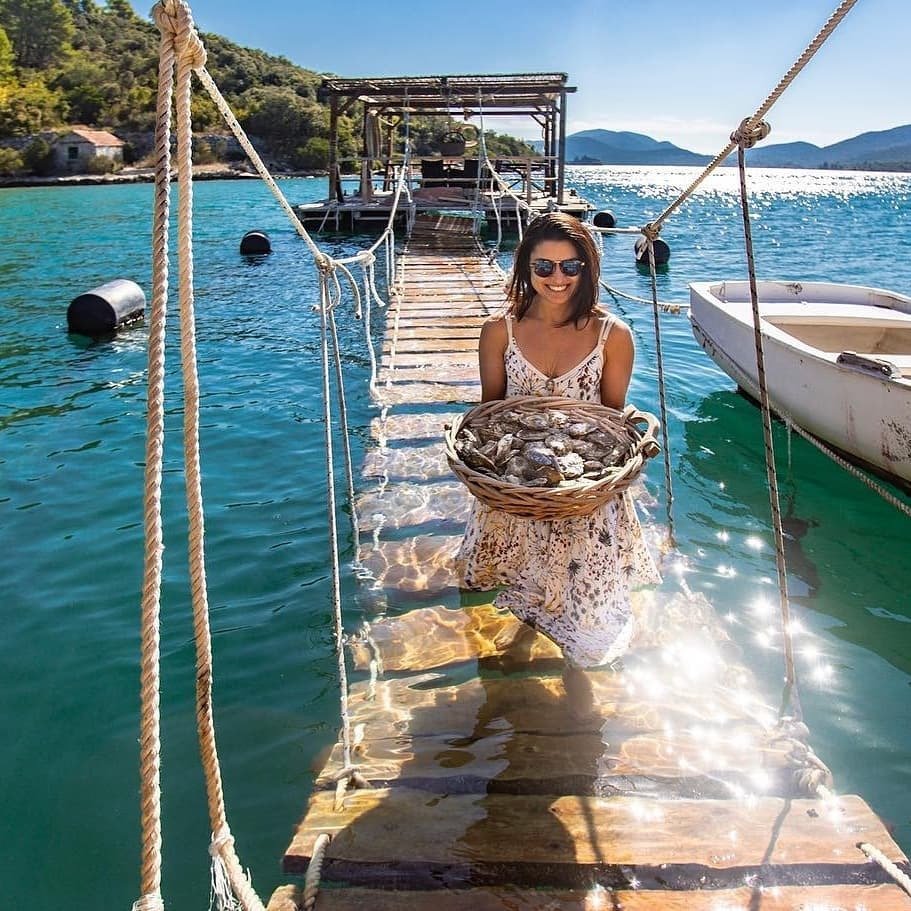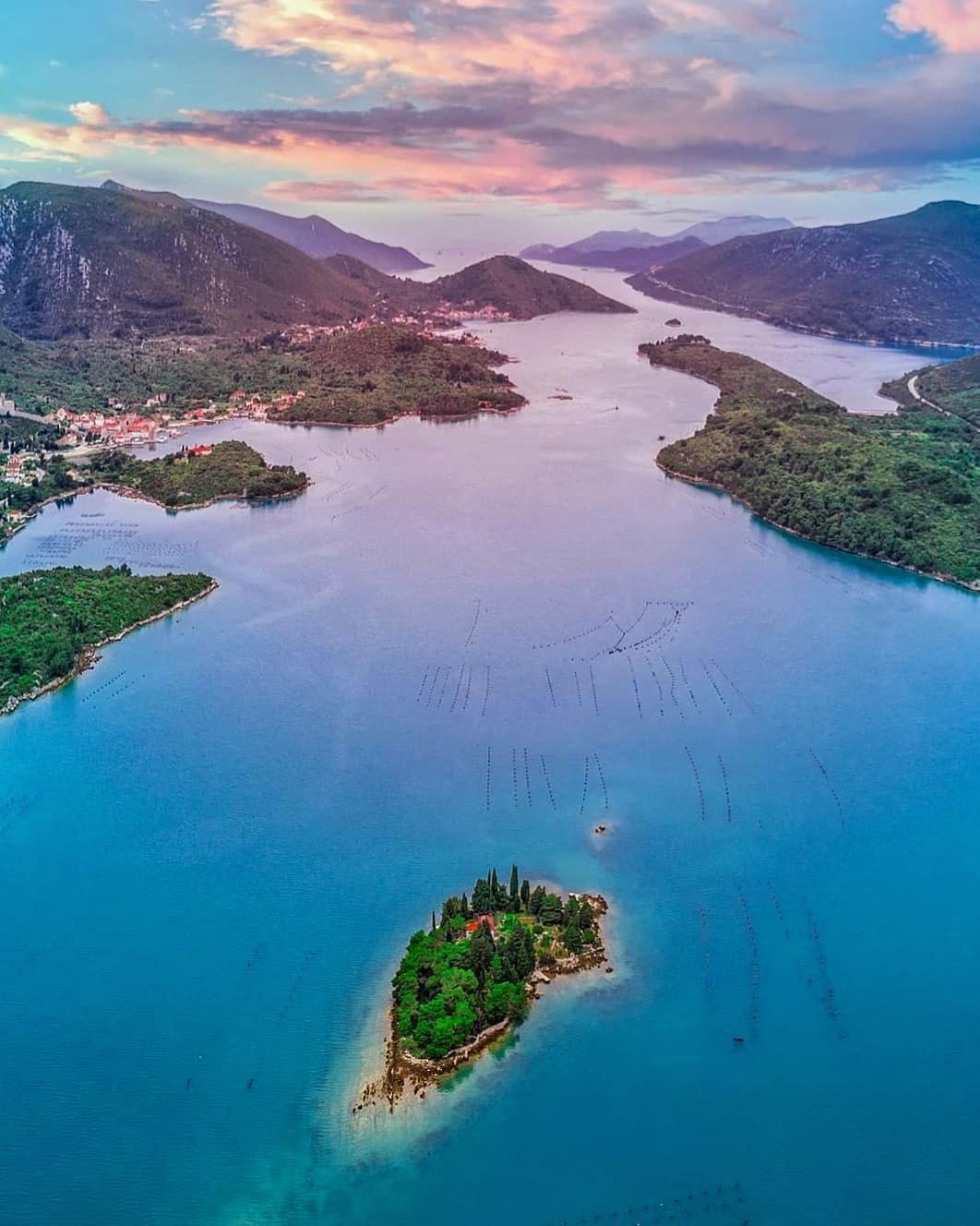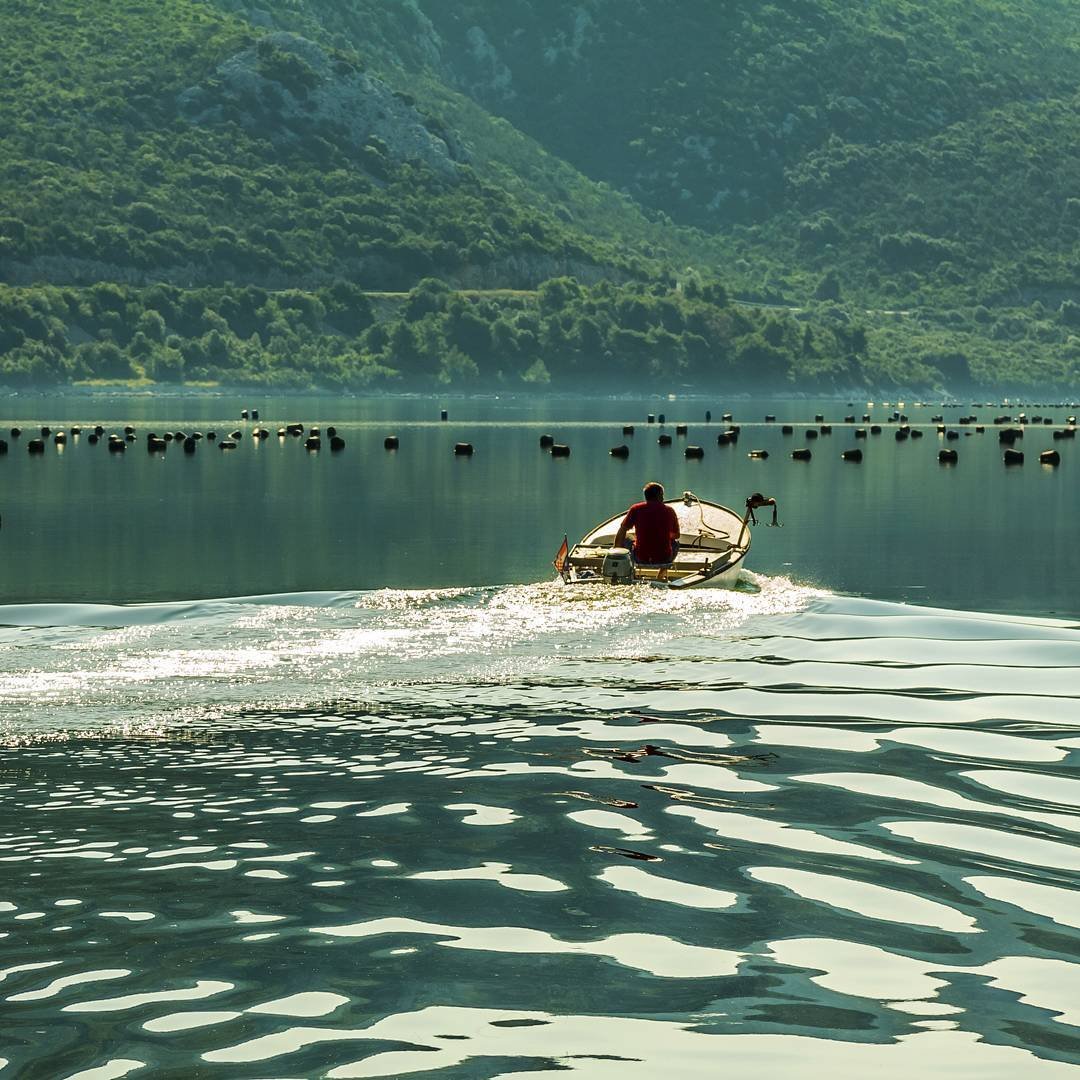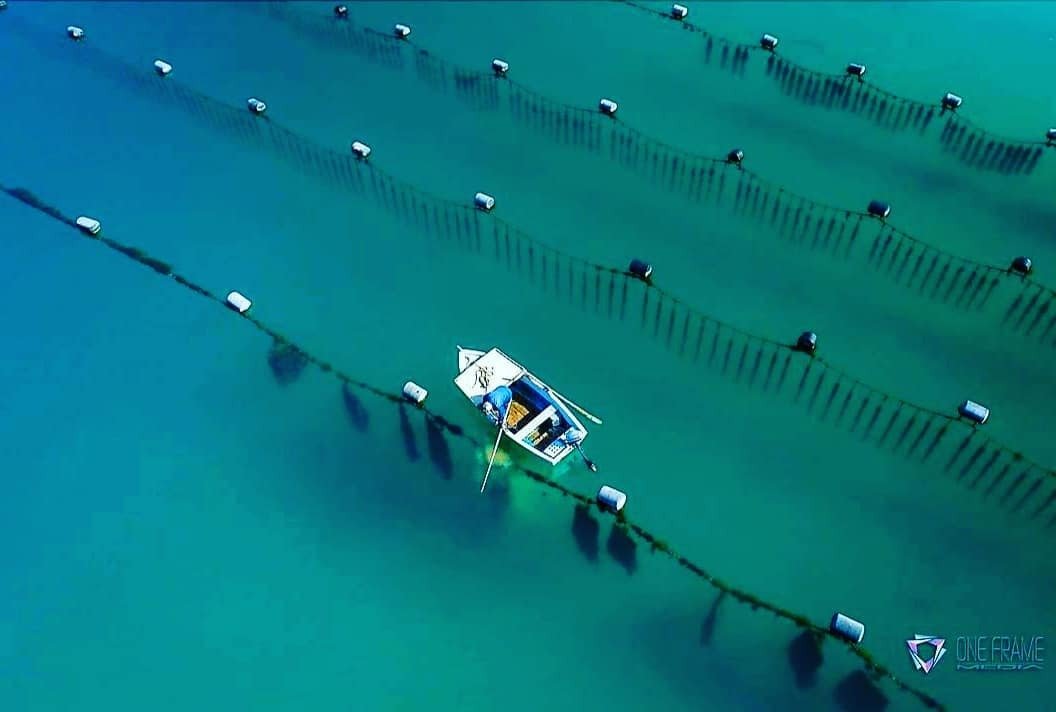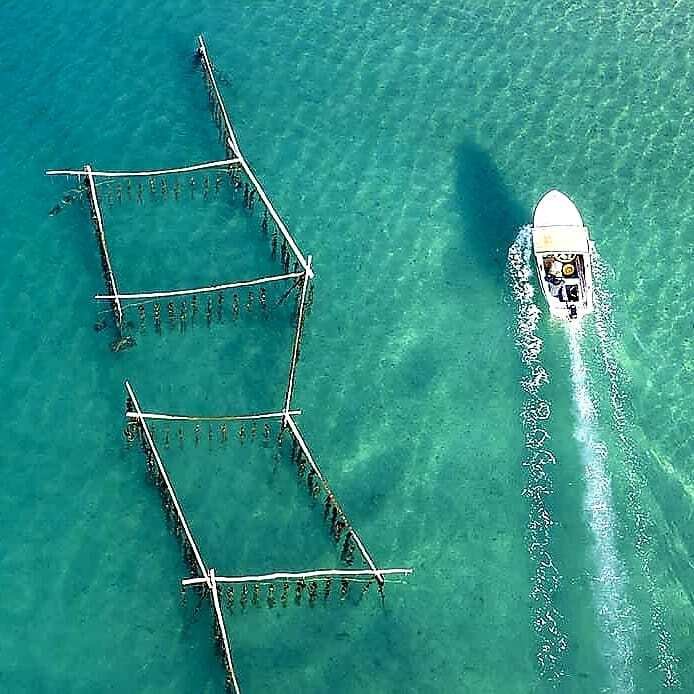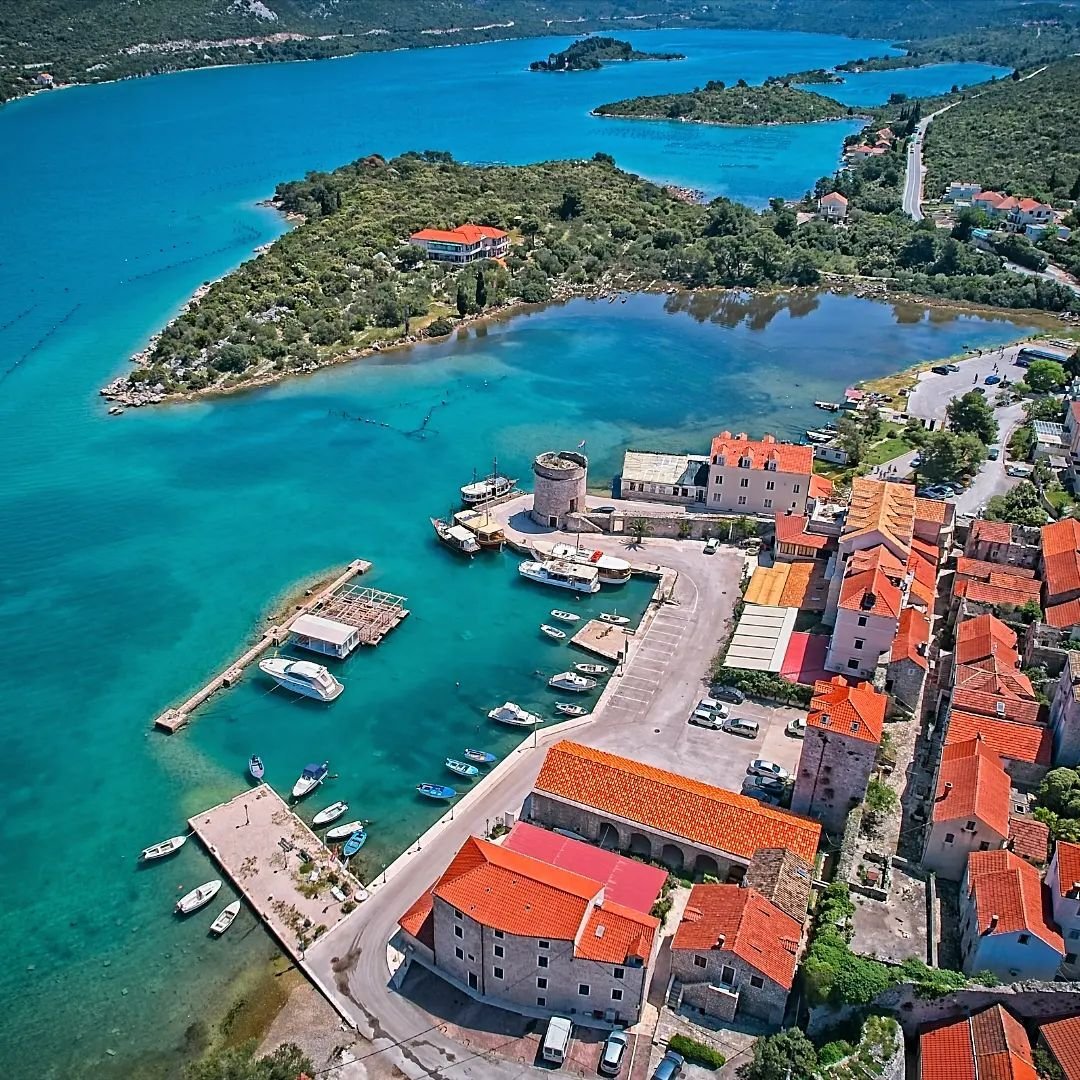about us
Currently, three very attractive and exclusive plots are FOR SALE:
1. "Maslina Bay (Zec)" in Ston Bay - 216,904 square meters - cadastral plot (k.č.) 1276/1 - cadastral municipality (k.o.) Zaton Doli - Beautiful beach with private access with a length of 140 meters - Ideal plot for the construction of a marina (port for nautical tourism). Possible construction of seven luxury villas each up to 400 square meters (0.098 Acre) and each up to 1000 square meters (0.247 Acre) of basement / underground unit (for wine cellar or similar). Building a hotel, tourist settlements, and campsites is also possible with an agreement with the municipality of Ston. Several stone houses built before 1968 are located on the plot and can be reconstructed.
2. "Veliki Školj" Island in Bay of Mali Ston - 21,677 square meters - cadastral plot 1571, cadastral municipality Zaton Doli - An island with complete privacy, ideal for a glamping resort or exclusive daily rentals for various events, etc. There is a small stone house built before 1968 on the island, as well as a fresh water source within a cave. Possible construction of a stone house with certain amount of planted olive trees or with a registered oyster farm.
3. "Bošak" Ston - 107,055 square meters - cadastral plot (k.č.) 2095, cadastral municipality (k.o.) Ston - The plot is entirely situated within the Ston walls, has its own separate entrance gate, and there is an old stone house from 1968, and a water well, both for reconstruction. Plot is also ideal for a cable car route, zip line, or other tourist attractions, as well as for the construction of a thematic and interactive park for tourists ("Walkthrough the history of the Dubrovnik Republic and Ston") with possibility of obtaining non-refundable funds from EU. There is a potential of building three luxury villas up to 400 square meters (0.098 Acre) each and each villa can have up to 1000 square meters (0.247 Acre) of basement / underground unit (for wine cellar or similar) alongside planted olive trees, grapes or another crop, with a registered family farm.
Contact: +385912266109
Email: info@land-croatia-peljesac.com
OUR plots of land
UVALA MASLINA (ZEC): FOR SALE
Maslina bay (Zec) located in the Ston bay - Price: 18.34 EUR/m2 (3.97 million EUR) - Size: 216 904 m2 (53.59 Acres) - Cadastral plot: 1276/1 - Cadastral municipality: Zaton Doli - Beach with private access (140 meters long)
Learn MoreISLAND "VELIKI ŠKOLJ": FOR SALE
Island "Veliki Školj" in Bay of Mali Ston - Price: 150 EUR/m2 (3.25 million EUR) - Size: 21 677 m2 (5.35 Acres) - Cadastral plot: 1571 - Cadastral municipality: Zaton Doli - Beautiful private island for sale - Dubrovnik region
Learn MoreBOŠAK STON: FOR SALE
Bošak Ston - Large plot within city walls of Ston - Price: 20 EUR/m2 (2.14 million EUR) - Size: 107 055 m2 (26.45 Acres) - Cadastral plot: 2095 - Cadastral municipality: Ston - There is an old stone house built before 1968 for reconstruction
Learn Morevideo
Maslina Bay (Zec) - Island "Veliki Školj" - Bošak Ston
FAQ
1. What are the most important things that a real estate buyer in Croatia must know?
- The legal framework for buying property in Croatia: It is important to be familiar with the legal requirements and procedures for buying property in Croatia, including any taxes, fees, and regulations that may apply.
- Property ownership: It is essential to verify the ownership of the property and ensure that there are no outstanding liens, mortgages, or other legal claims on it.
- Property location: The location of the property is important, as it can affect its value, accessibility, and potential for rental income or resale.
- Property condition: It is important to inspect the property thoroughly to ensure that it is in good condition and meets your expectations.
- Real estate agent: Working with a reputable and experienced real estate agent can be helpful, as they can provide valuable guidance and support throughout the buying process.
- Language barrier: If you are not fluent in Croatian, it is important to have a reliable interpreter or translator to assist you with any legal documents and communication with the seller, real estate agent, and other parties involved in the transaction.
- Currency exchange: If you are buying property in Croatia with a foreign currency, it is important to consider the exchange rate and any associated fees and charges.
2. What expenses can a buyer of agricultural land in Croatia have?
- Purchase price: The buyer will need to pay the agreed-upon purchase price for the agricultural land.
- Real estate agency commission: If the buyer is working with a real estate agency, they may need to pay a commission fee to the agency.
- Legal fees: The buyer will need to hire a lawyer to handle the legal aspects of the transaction, including reviewing contracts and conducting due diligence on the property. The legal fees can vary depending on the complexity of the transaction and the lawyer's hourly rate.
- Notary fees: The buyer will need to have the sale agreement notarized, and the notary will charge a fee for their services.
- Transfer tax: The buyer will need to pay a transfer tax when registering the ownership of the agricultural land with the land registry office. The transfer tax rate is currently set at 3% of the property value.
- Property survey: The buyer may wish to have a property survey conducted to ensure that the land they are purchasing is accurately represented in the sales contract. The cost of a survey can vary depending on the size and complexity of the property.
- Property improvement costs: If the agricultural land requires any improvements, such as clearing or fencing, the buyer will need to cover the cost of these improvements.
3. What are the benefits of living on the Adriatic coast? Specifically, what are the benefits of living on the Pelješac peninsula in Croatia?
- Beautiful natural surroundings: The Adriatic coast is known for its stunning natural beauty, with crystal-clear waters, rocky cliffs, and pristine beaches. The Pelješac peninsula is no exception, with its rugged coastline and scenic countryside.
- Mild climate: The Adriatic coast enjoys a mild Mediterranean climate, with long, hot summers and mild winters. This makes it an ideal place to enjoy outdoor activities and water sports throughout the year.
- Fresh seafood: The Adriatic Sea is home to a diverse range of fish and seafood, which is a staple of the local cuisine. Residents of Pelješac can enjoy fresh fish and seafood dishes, as well as local wines, which are famous throughout Croatia.
- Rich cultural heritage: The Adriatic coast has a rich cultural heritage, with a mix of influences from ancient civilizations such as the Greeks, Romans, and Venetians, as well as more recent influences from the Ottoman Empire and Austro-Hungarian Empire. The Pelješac peninsula is home to many historic sites and monuments, including the medieval walls of Ston, the Franciscan monastery in Orebić, and the ruins of the ancient city of Narona.
- Relaxing lifestyle: Living on the Adriatic coast can offer a relaxed, laid-back lifestyle, with a focus on enjoying the simple pleasures of life, such as spending time with family and friends, enjoying good food and wine, and taking in the natural beauty of the surroundings.
4. What can tourists do in Ston on the Pelješac peninsula and its surroundings?
- Visit the Walls of Ston: Ston is famous for its impressive medieval walls, which are the longest defensive walls in Europe, stretching for over 5 kilometers. Visitors can walk along the walls and enjoy the stunning views of the town and the surrounding countryside.
- Explore the salt pans: Ston is also known for its salt pans, which have been in use since Roman times. Visitors can learn about the history and production of salt, as well as enjoy a walk or bike ride along the salt pans.
- Go wine tasting: The Pelješac peninsula is known for its excellent wines, including the Plavac Mali red wine, which is produced from grapes grown in the region. Visitors can visit local wineries and enjoy tastings of the different wines on offer.
- Enjoy the beaches: The Pelješac peninsula has some beautiful beaches, with crystal-clear waters and stunning scenery. Some popular beaches in the area include Prapratno Beach and Trstenica Beach.
- Go hiking or cycling: The Pelješac peninsula offers some great hiking and cycling trails, with stunning views of the coastline and the surrounding countryside.
- Visit nearby towns: Ston is located near some other charming towns and villages, such as Orebić and Mali Ston, which are also worth exploring.
5. What are the facts that make the town of Ston one of the most significant towns on the Adriatic coast in Croatia and in that part of Europe?
- The Walls of Ston: The town is famous for its impressive medieval walls, which are the longest defensive walls in Europe, stretching for over 5 kilometers. They were built in the 14th and 15th centuries and served to protect the town and its valuable salt pans.
- Salt pans: Ston has been known for salt production since Roman times, and salt pans are still active today. The town's salt was a valuable commodity in the past, and it played an essential role in the region's economic development.
- Oyster farming: The waters around Ston are rich in oysters, and the town has a long tradition of oyster farming. Today, Ston is a popular destination for seafood lovers who come to taste the local oysters.
- Historical significance: Ston has a rich history, and the town and its surroundings are dotted with historical landmarks, including the medieval Church of St. Michael, the Rector's Palace, and the Franciscan Monastery.
- Natural beauty: The Pelješac peninsula, where Ston is located, is known for its stunning natural beauty, with crystal-clear waters, beautiful beaches, and picturesque landscapes. The region is ideal for outdoor activities such as hiking, cycling, and water sports.
6. What are the options and possible destinations for day trips and excursions for tourists staying in Ston?
- Dubrovnik: The city of Dubrovnik, a UNESCO World Heritage Site, is located about an hour's drive south of Ston. Known as the "Pearl of the Adriatic," Dubrovnik is famous for its stunning Old Town, medieval walls, and rich history.
- Korčula: The island of Korčula is located off the coast of Ston and is accessible by ferry. Korčula is known for its beautiful beaches, picturesque villages, and historical landmarks, including the birthplace of Marco Polo.
- Mljet National Park: Mljet National Park is located on the island of Mljet, about an hour's drive north of Ston. The park is home to two saltwater lakes, a Benedictine monastery, and several hiking and cycling trails.
- Pelješac wine region: The Pelješac peninsula, where Ston is located, is known for its wine production. Tourists can visit local wineries to taste the region's famous Dingač and Postup wines.
- Island hopping: Tourists can take a boat trip to visit nearby islands such as Šipan, Lopud, and Koločep, known for their beautiful beaches and stunning landscapes.
7. What are the best and most profitable agricultural crops to grow in the area of Pelješac?
- Grapes: The region is known for its high-quality red wines, particularly the Dingač and Postup varieties, which are made from grapes grown on the steep slopes of the peninsula.
- Olives: Pelješac is also known for its high-quality olive oil, produced from the olives grown on the peninsula. The region's mild climate and fertile soil make it an ideal location for growing olives.
- Figs: Figs are another popular crop in the area, with many farmers producing both fresh and dried figs for export.
- Almonds: Almond trees thrive in the warm, dry climate of Pelješac, and the nuts are a profitable crop for many farmers in the region.
- Lavender: The Pelješac peninsula is also a great location for growing lavender, which is used for the production of essential oils, cosmetics, and other products.
8. What makes the Mali Ston oyster so highly valued all over the world?
The oysters feed on a variety of plankton and other microorganisms that thrive in the bay, which gives them a distinctive flavor that is often described as briny and slightly sweet. The oysters are also prized for their firm, meaty texture and are often served raw on the half-shell, although they can also be cooked in a variety of ways.
In addition to their delicious taste and texture, Mali Ston oysters are also highly prized for their nutritional value. They are a rich source of protein, vitamins, and minerals, and are low in fat and calories. As a result, they are a popular choice among health-conscious consumers who are looking for a nutritious and flavorful seafood option.
Overall, the unique combination of environmental factors and farming practices in Mali Ston Bay makes the Mali Ston oyster a truly exceptional product that is highly valued by seafood lovers all over the world.
9. Can we contact directly the sellers of these plots of land, without hiring a real estate agency?
10. Under which circumstances it is allowed to build a house up to 400 meters square (m2) in Opcina Ston in Croatia, even if the plot of land is not zoned for construction?
According to the zoning plan of the Municipality of Ston, construction on agricultural land is allowed if it is related to the agricultural production process and if the residential building is intended for the owner of the agricultural land or their immediate family members. Additionally, the construction must not harm the surrounding environment, including the quality of air, water, and soil, and must be compatible with the existing landscape.
In order to obtain a building permit for construction on agricultural land in the Municipality of Ston, an application must be submitted to the local authorities, along with a set of documents, including a site plan, a detailed description of the proposed construction, and an environmental impact assessment. The application must be reviewed and approved by the competent authorities before a building permit is issued.
It's important to note that the rules and regulations regarding construction on agricultural land in the Municipality of Ston can be complex and may vary depending on the specific location and circumstances. It is recommended to seek professional advice and guidance from local authorities and experts before beginning any construction activities on agricultural land in the area.
11. What are the steps I need to take in order to obtain a building permit for construction on agricultural land in the Municipality of Ston?
- Hire a licensed architect or civil engineer to create a detailed plan for your construction project, including blueprints and technical documentation.
- Submit your plans and documentation to the local authorities, including the Municipality of Ston's Department of Urbanism and Environmental Protection.
- Wait for the authorities to review your plans and issue a decision on whether to approve or deny your building permit application.
- If your application is approved, you will need to pay any associated fees and obtain any necessary approvals from other relevant authorities, such as the fire department and the utility company.
- Once all approvals and fees have been obtained, you can begin construction on your project.
contact
- Ston, Croatia
Contact us to arrange a viewing of the properties you are interested in, or if you have any other questions related to buying our land plots in Pelješac near Ston, or if you are interested in business cooperation.


